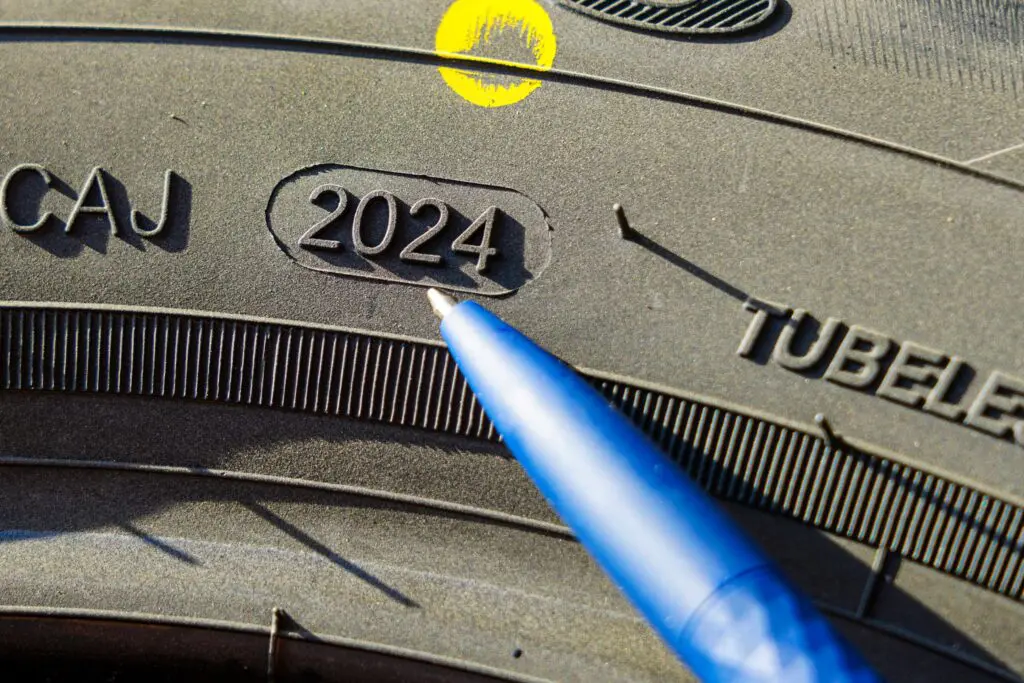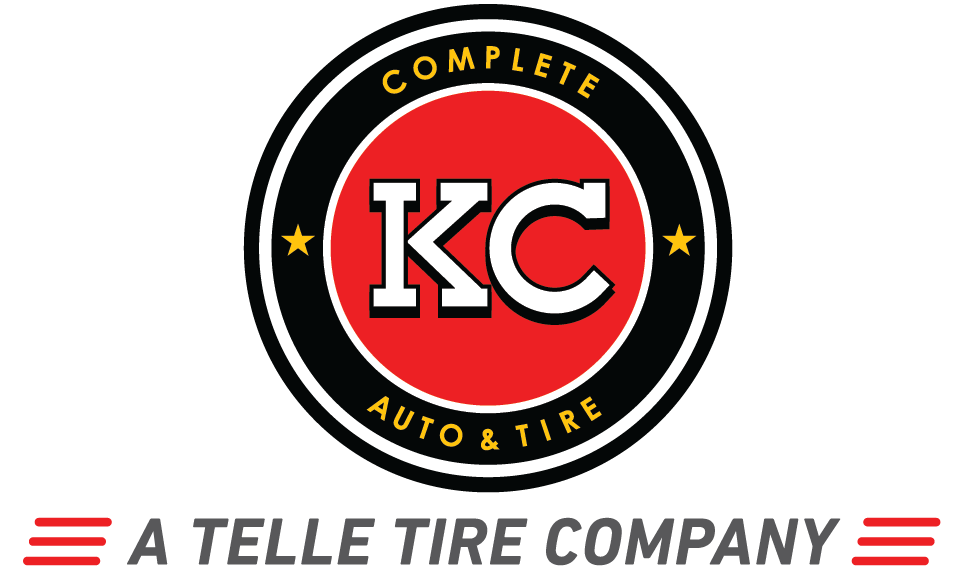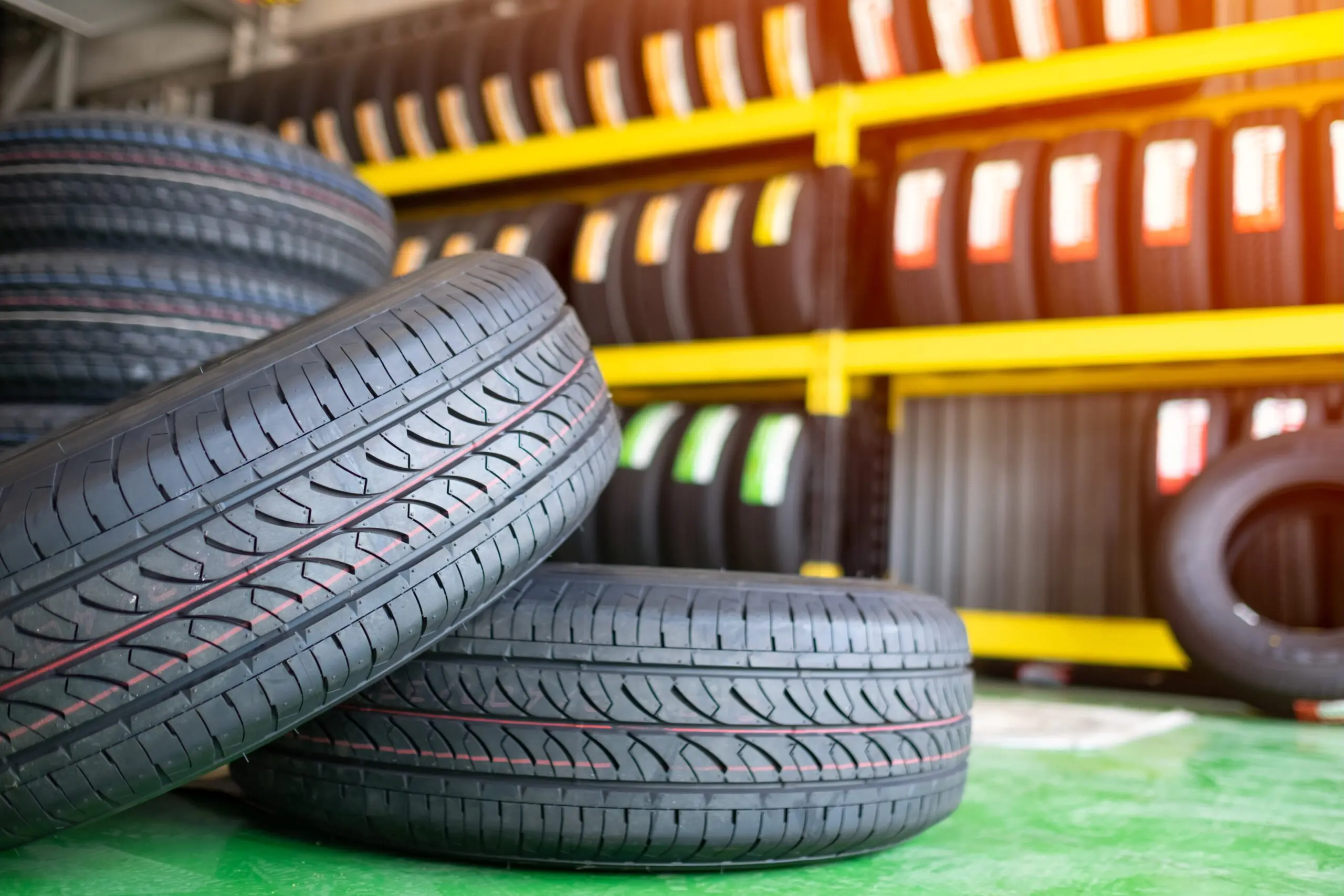10 Common Tire Myths Debunked
Your vehicle’s safety and performance require the cooperation of several components, and your tires play a bigger role than you may realize. Unfortunately, there’s a lot of misinformation out there about tires—often shared from friends, family, or the internet—that can lead to poor tire care, unnecessary costs, and even dangerous driving conditions.
At Telle Tire, we take tire safety seriously and want to share our decades of knowledge to help you make the most informed decisions about your tires and your vehicle. Let’s set the record straight and debunk ten of the most common tire myths so you can stay safe, protect your investment, and get the best performance out of your tires.
Myth #1: Tires Don’t Expire
The Truth: Tires do have a lifespan, even if they look perfectly fine.
Over time, the rubber compounds in tires break down due to exposure to heat, sunlight, and oxygen. This process, called oxidation, weakens the tire’s structure. Most manufacturers recommend replacing tires every 6-10 years, regardless of tread depth. Driving on old tires increases the risk of blowouts and loss of traction.
Even if your tires are barely used or have been in storage, they can still age out. Always check the DOT date code stamped on the tire’s sidewall to determine its age.

Myth #2: You Only Need to Check Tire Pressure When There is an Extreme Temperature Change
The Truth: While big temperature swings can cause noticeable drops in tire pressure, all tires naturally lose air over time.
On average, a tire can lose about 1 PSI per month, even in stable weather. Driving on underinflated tires can cause uneven wear, reduced fuel economy, and increased risk of a blowout. That’s why it’s essential to check your tire pressure at least once a month, not just during seasonal changes.
Checking your tire pressure can be done by routinely monitoring your vehicle’s tire pressure monitoring system (TPMS) through the dashboard data, checking manually with a tire pressure gauge, or taking your vehicle to Telle Tire for a tire pressure inspection.
Myth #3: All-Season Tires Are Just as Good as Winter Tires
The Truth: All-season tires are versatile, but they aren’t designed for extreme winter conditions.
There are various differences between winter and all-season tires that make it essential to evaluate your driving needs before purchasing. Winter tires are made with softer rubber compounds that stay flexible in freezing temperatures, providing better grip on snow and ice. They also have deeper tread patterns and specialized sipes for improved traction. Some winter tire models also offer options with built-in studs for added grip on even the iciest surfaces.
If you regularly drive in heavy snow, sleet, or sub-freezing temperatures, winter tires will keep you safer than all-seasons. Choosing a winter-specific tire may be too extreme for some drivers, particularly in the Midwest. However, those who live in more rural areas who drive on unplowed or untreated roads may find the extra traction necessary to navigate winter roads safely.
Myth #4: More Tread = Better Performance
The Truth: Tread depth matters, but it’s not the only factor that determines tire performance.
The right tire depends on your vehicle, driving conditions, and performance needs. Some tires with less aggressive tread may actually handle better in dry conditions, while others with deeper tread are designed for off-road or winter driving.
If you’re unsure what tire is best for you, our experts at Telle Tire can help match your driving habits with the right tire design for safety, comfort, and performance.
Myth #5: Front Tires Wear Faster, So Only Replace Those
The Truth: While front tires on front-wheel-drive vehicles often wear faster, the rear tires also age and degrade over time.
Replacing only the front tires can create an imbalance in traction and handling, especially in wet or slippery conditions. For optimal safety, it’s best to replace all four tires at the same time, or at least replace them in pairs to maintain balance between the front and rear axles. To help prolong the life of your tires, be sure to follow a regular maintenance schedule that includes tire rotation so all four tires wear at a similar rate.
Myth #6: Tire Rotation Isn’t Necessary With New Tires
The Truth: Tire rotation is essential for new tires to wear evenly and last longer.
Even on new tires, factors like weight distribution, alignment, and driving style can cause uneven wear. Regular rotation, typically every 5,000 to 7,000 miles, helps extend tire life and maintain consistent performance.
Keep your investment protected—schedule your next tire rotation with the experts at Telle Tire.
Myth #7: You Don’t Need Winter Tires If You Have AWD
The Truth: All-wheel-drive (AWD) improves traction, but it can’t replace the grip of dedicated winter tires.
All-wheel drive helps distribute power to all four wheels, making it easier to get moving in slippery conditions. However, it doesn’t help you stop faster or improve cornering grip on ice or snow, which is where winter tires shine.
For maximum safety in winter driving, pair AWD with the right seasonal tires.
Myth #8: Over-Inflating Tires Improves Fuel Economy
The Truth: Over-inflating your tires can actually be dangerous.
While it’s true that higher tire pressure can slightly reduce rolling resistance, over-inflation reduces the size of your tire’s contact patch with the road. This leads to reduced traction, harsher rides, and increased risk of blowouts, especially on rough roads.
Always inflate tires to the manufacturer’s recommended pressure, which can be found in your vehicle’s owner’s manual or on the driver’s side door jamb.
Myth #9: You Can Judge Tire Health Just by Looking at Them
The Truth: Some of the most dangerous tire issues are invisible.
Internal damage from potholes, curbs, or manufacturing defects doesn’t always show up on the outside, making professional inspections so important. Make tire checks part of your regular vehicle maintenance, such as during a car tune-up, to catch problems early.
Myth #10: Cheap Tires Save You Money in the Long Run
The Truth: Bargain tires often wear out faster, meaning you’ll have to replace them more often.
Cheaper tires may also lack advanced tread designs, premium rubber compounds, or proper speed/load ratings, which all can impact performance and safety. Over time, replacing low-quality tires more frequently can cost more than investing in a quality set from the start.
Stay Safe & Trust the Tire Experts
Your tires are the only part of your vehicle that touches the road. Don’t take chances with outdated myths or bad advice. The team at Telle Tire is here to help you make informed decisions, from choosing the right tires to keeping them in peak condition.
Find your nearest Telle Tire location today and let our experts keep you safe, confident, and rolling smoothly all year long.


